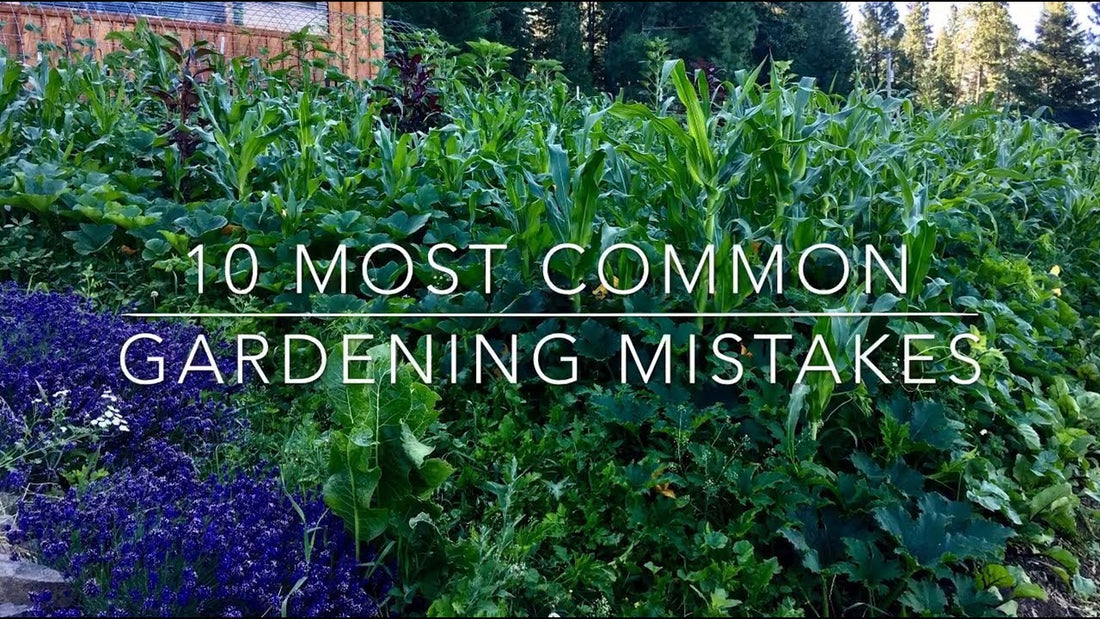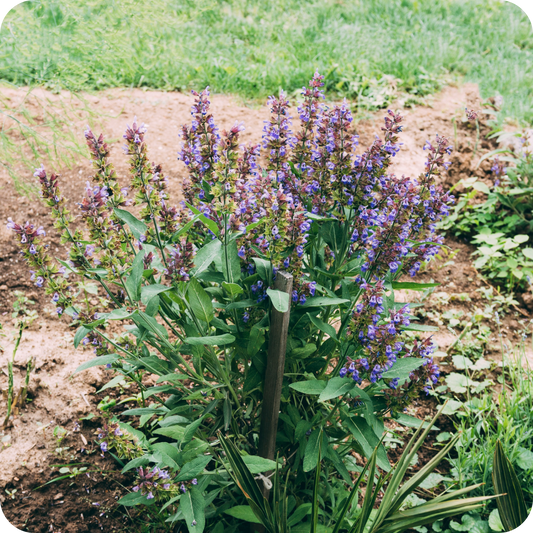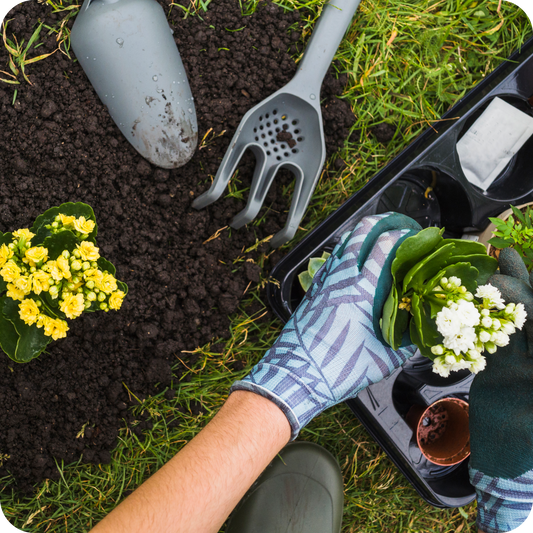Gardening is a rewarding and fulfilling hobby, but even experienced gardeners can make mistakes that impact plant health and garden productivity. Understanding common gardening pitfalls and learning how to avoid them can lead to a more successful and enjoyable gardening experience. Here are the top 10 common gardening mistakes and expert tips on how to prevent them:
1. Neglecting Soil Health
Mistake: Planting without assessing soil quality can lead to poor plant growth and nutrient deficiencies.
Solution: Conduct a soil test before planting to determine pH levels, nutrient content, and soil structure. Amend soil with organic matter such as compost or aged manure to improve fertility and drainage. Choose plants that are well-suited to your soil type and amend as needed.
2. Overwatering or Underwatering
Mistake: Inconsistent watering practices can stress plants, leading to root rot or dehydration.
Solution: Water plants deeply and infrequently to encourage deep root growth. Use a moisture meter or check soil moisture by hand to determine when watering is necessary. Mulch around plants to retain soil moisture and reduce evaporation. Adjust watering frequency based on weather conditions and plant needs.
3. Planting at the Wrong Time
Mistake: Planting tender annuals or vegetables too early in spring or late in fall can expose them to frost damage or stunted growth.
Solution: Consult a local planting calendar or frost dates for your region. Plant cold-sensitive crops after the last frost date in spring and harvest before the first frost date in fall. Start seeds indoors or use season extenders like row covers or cloches to protect plants from early or late-season frost.
4. Ignoring Plant Spacing
Mistake: Planting too closely together can lead to overcrowding, competition for nutrients, and increased susceptibility to pests and diseases.
Solution: Follow spacing recommendations on plant tags or seed packets. Give plants room to mature and spread out, allowing for adequate airflow and sunlight penetration. Consider plant growth habits and potential size at maturity when planning garden layouts.
5. Skipping Mulching
Mistake: Neglecting to mulch around plants can lead to moisture loss, soil erosion, and increased weed growth.
Solution: Apply a layer of organic mulch, such as shredded bark, straw, or compost, around plants to conserve soil moisture, regulate soil temperature, and suppress weed growth. Keep mulch a few inches away from plant stems to prevent rotting and pest harborage.
6. Failing to Prune Properly
Mistake: Improper pruning can weaken plants, reduce flower production, and promote disease.
Solution: Learn the pruning requirements for different plant types, including when and how to prune. Use clean, sharp pruners to make clean cuts at a 45-degree angle above a bud or branch junction. Remove dead, diseased, or crossing branches to improve airflow and promote healthy growth.
7. Not Controlling Pests and Diseases
Mistake: Ignoring early signs of pests or diseases can lead to widespread damage and crop loss.
Solution: Monitor plants regularly for pests like aphids, caterpillars, or fungal diseases like powdery mildew. Use integrated pest management (IPM) techniques, including cultural, biological, and mechanical controls. Practice crop rotation, companion planting, and selective pesticide use as a last resort.
8. Forgetting to Feed Plants
Mistake: Neglecting to fertilize plants can result in nutrient deficiencies and poor growth.
Solution: Use a balanced fertilizer or organic amendments to provide essential nutrients for plant growth. Follow recommended application rates and timing based on plant type and growth stage. Consider slow-release fertilizers for consistent nutrient availability throughout the growing season.
9. Not Considering Sunlight and Shade Requirements
Mistake: Planting sun-loving plants in shaded areas or shade-loving plants in full sun can hinder growth and flowering.
Solution: Observe your garden throughout the day to assess sunlight exposure and shade patterns. Choose plants that match your garden's light conditions, including full sun, partial shade, or full shade. Group plants with similar light requirements together for optimal growth and performance.
10. Overlooking Garden Maintenance
Mistake: Neglecting routine garden maintenance tasks can lead to overgrown plants, weed infestations, and reduced garden productivity.
Solution: Create a garden maintenance schedule that includes tasks such as weeding, watering, pruning, and fertilizing. Stay ahead of weeds by mulching and hand-pulling as needed. Deadhead flowers regularly to prolong blooming and remove spent foliage to prevent disease spread.
Conclusion
Avoiding common gardening mistakes requires careful planning, attention to detail, and ongoing learning. By addressing soil health, proper watering, timing of planting, spacing, mulching, pruning, pest and disease control, fertilization, sunlight requirements, and garden maintenance, you can create a thriving garden that rewards you with healthy plants, abundant blooms, and a bountiful harvest.



